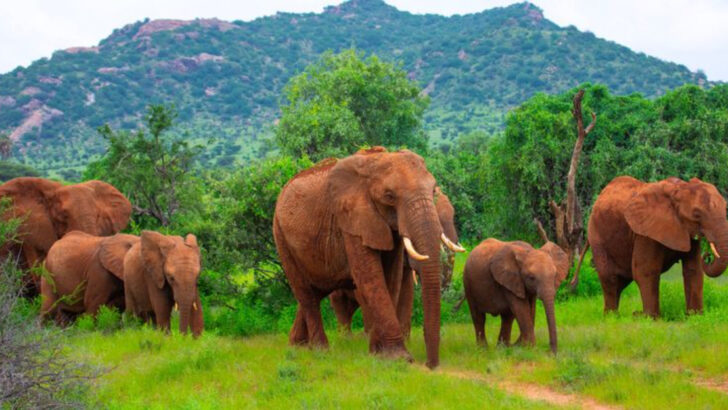Elephants are huge—but they move like they’re in on a secret. While you’d expect them to stomp through the wild like clumsy bulldozers, they glide. Smooth. Quiet. Precise. These heavyweight travelers can cross miles of rugged terrain while barely breaking a sweat. They don’t wander aimlessly. They remember. Waterholes, food spots, shady shortcuts—they know them all. Their routes aren’t random. They’re carefully chosen to save time, energy, and strength. Add to that their strange, almost floaty walk—more like a wheel rolling than a foot pounding—and you’ve got one of the smartest survival strategies in the animal kingdom. Nature threw them obstacles. Elephants figured out how to move right past them.
Walking Like Wheels
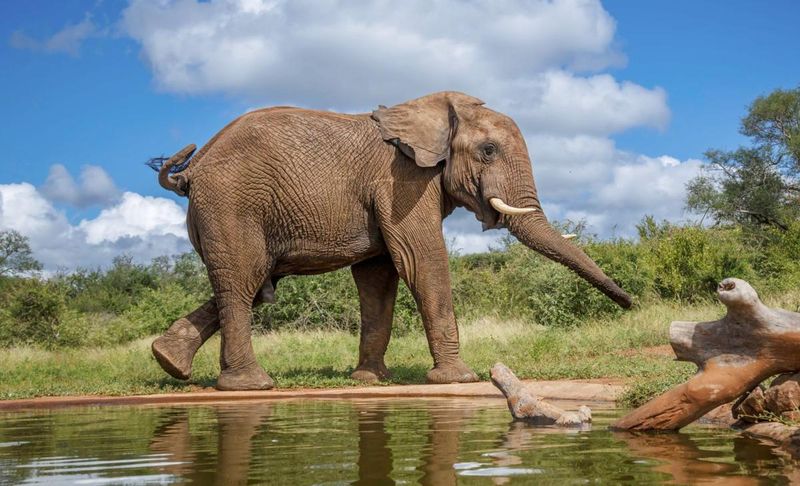
Elephants, despite their giant size, possess a unique way of walking that resembles the motion of wheels more than legs. This peculiar gait minimizes vertical movement, allowing them to conserve energy efficiently. Their center of mass stays remarkably level, reducing the energy typically lost in bouncing. This efficient locomotion gives them the ability to traverse long distances without tiring easily. It’s a natural adaptation that showcases their evolutionary intelligence. Unlike other animals, elephants have perfected this technique, making them exceptional among terrestrial travelers. Fascinatingly, this reflects a blend of nature’s engineering and evolutionary genius.
Master Route Planners
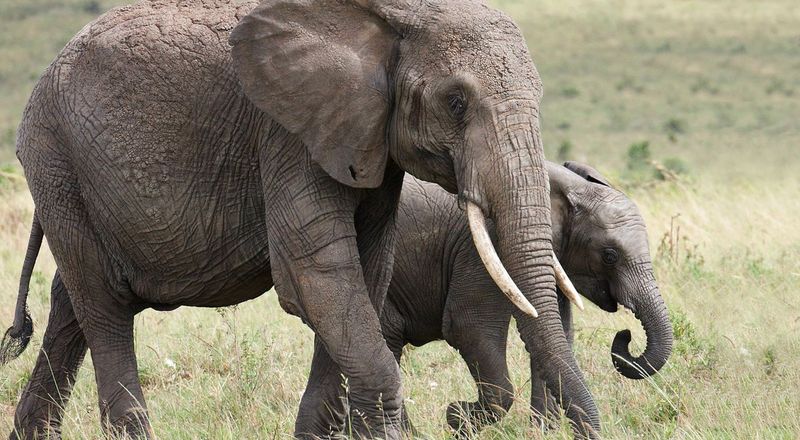
Elephants have a knack for planning their travels with remarkable precision, akin to expert navigators. They remember landscapes, waterholes, and fruiting trees, utilizing mental maps to find the easiest routes. Avoiding steep climbs and rough terrains, elephants select paths of least resistance, making their journeys less taxing. This strategic movement is a testament to their intelligence and memory. GPS studies have highlighted their preference for well-worn trails, akin to human hikers choosing familiar paths. This demonstrates their ability to meticulously plan and navigate, ensuring efficient and energy-conserving travel.
Ancient Migration Paths
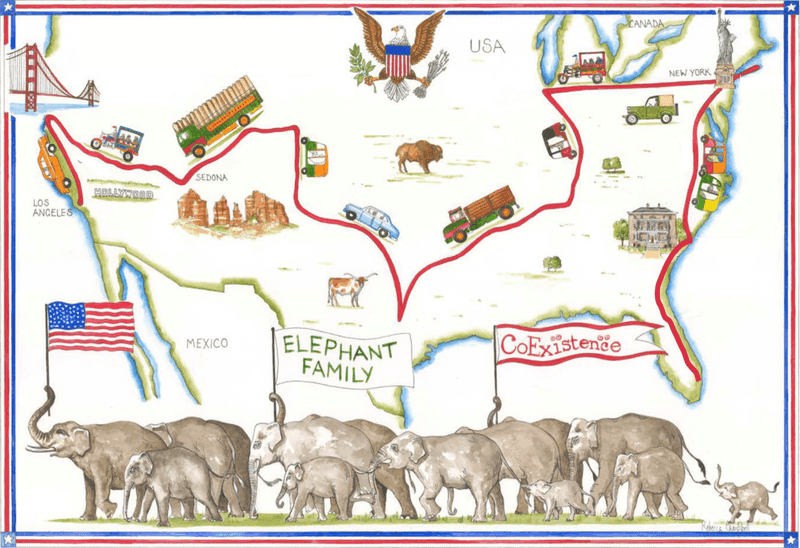
For elephants, migration is a time-honored tradition, not just a seasonal movement. These majestic creatures follow routes passed down through generations, akin to travelers guided by ancestral wisdom. Remarkably, they navigate hundreds of kilometers without modern technology, finding the most efficient paths to essential resources. This hereditary knowledge ensures they travel with minimal wasted effort. The seasonal migrations of elephants reflect a profound understanding of their environment and an ability to adapt. It’s a journey steeped in history, showcasing their enduring connection to the land and the lessons learned over time.
Heat Avoidance Experts
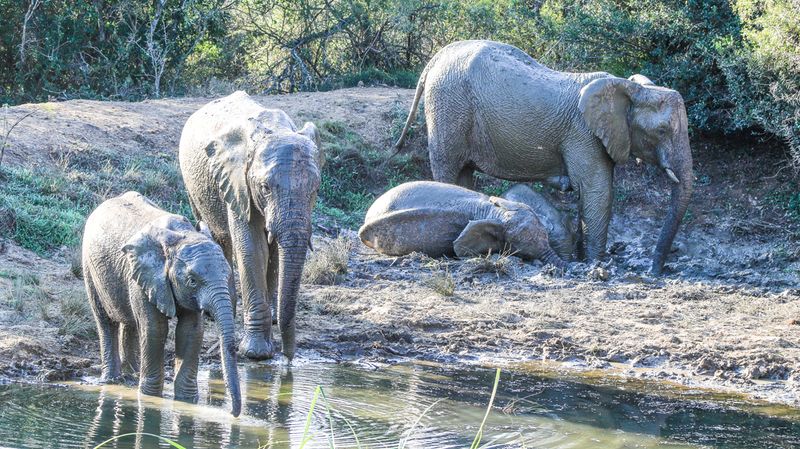
Elephants demonstrate an innate ability to avoid the harsh midday heat, wisely choosing to travel during cooler parts of the day. They prefer the early mornings or late evenings, minimizing exposure to intense temperatures. This clever behavior helps them reduce water loss and conserve energy. Adapted to their environment, elephants instinctively know when to rest and when to move. Their choice of timing underscores their survival instincts and efficient energy management. As the sun sets or rises, elephants begin their journey, a testament to their understanding of the natural world’s rhythms.
Size Advantage
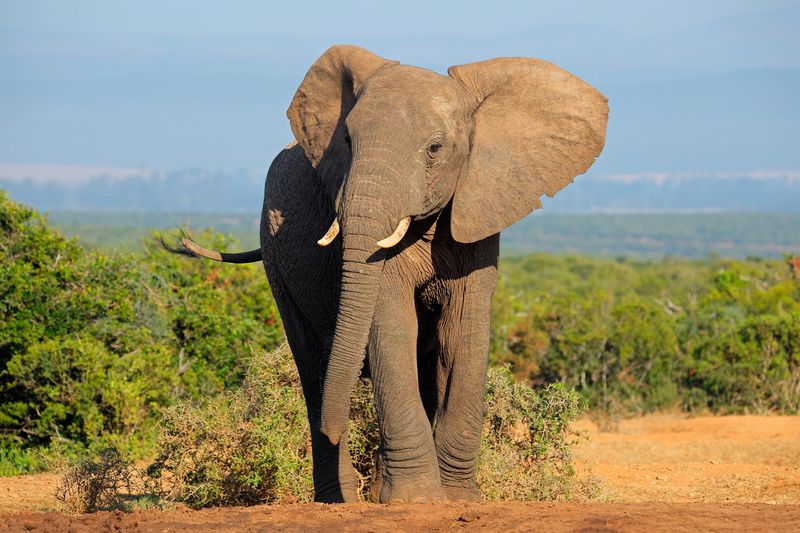
Elephants benefit from their enormous size, which surprisingly works in their favor when it comes to energy efficiency. Larger animals, like elephants, burn less energy per pound compared to their smaller counterparts. This is due to their stride length, muscle leverage, and momentum, which all contribute to reduced movement costs. The physics of their large bodies allows them to be mechanically efficient movers. It’s an intriguing paradox where size, often perceived as a disadvantage, becomes an asset in energy conservation. Elephants exemplify how nature turns potential drawbacks into evolutionary benefits.
Remarkable Memory
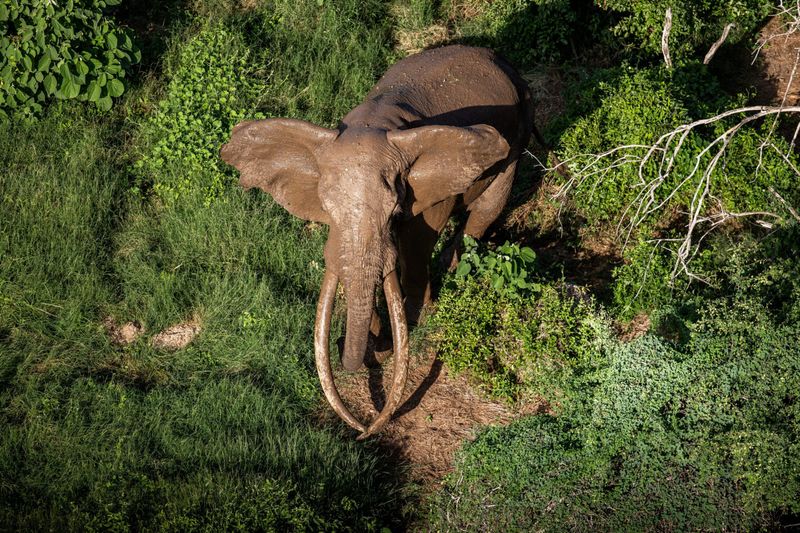
Elephants possess extraordinary memory skills that aid in their travel efficiency. They recall locations of waterholes and fruiting trees over vast distances. This incredible memory is not just a curiosity but a survival tool, guiding them to resources essential for their well-being. By remembering the landscape, elephants can make informed decisions on their routes, avoiding unnecessary detours. Their ability to retain and utilize such extensive information is a testament to their cognitive capabilities. Elephants’ memory serves as a compass, directing them through their expansive habitats with precision.
Social Travel Coordination
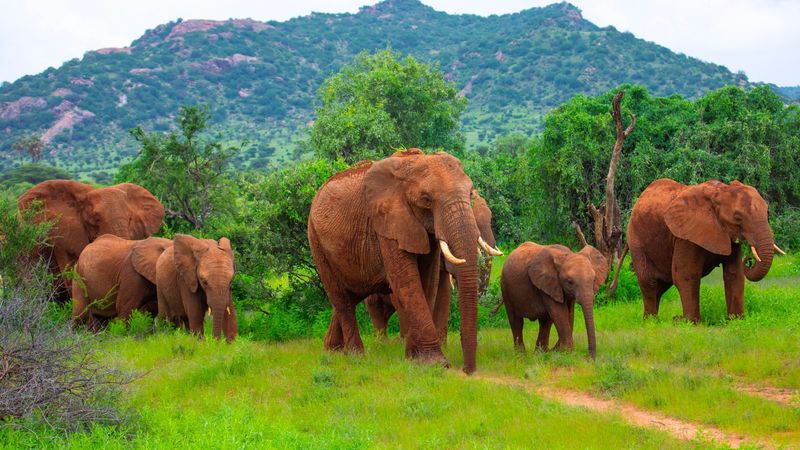
Elephants are not solitary travelers; their social structure plays a crucial role in their travel strategies. Through vocalizations and body language, they coordinate movements, ensuring group cohesion. This social communication helps them adapt to environmental changes and make collective decisions. Traveling in groups also provides protection and ensures the young and vulnerable are safe. The social bonds among elephants are strong, reflecting their cooperative nature. This coordination is a pillar of their survival strategy, where teamwork complements their physical adaptations. Elephants’ ability to travel cohesively is a model of unity in the animal kingdom.

